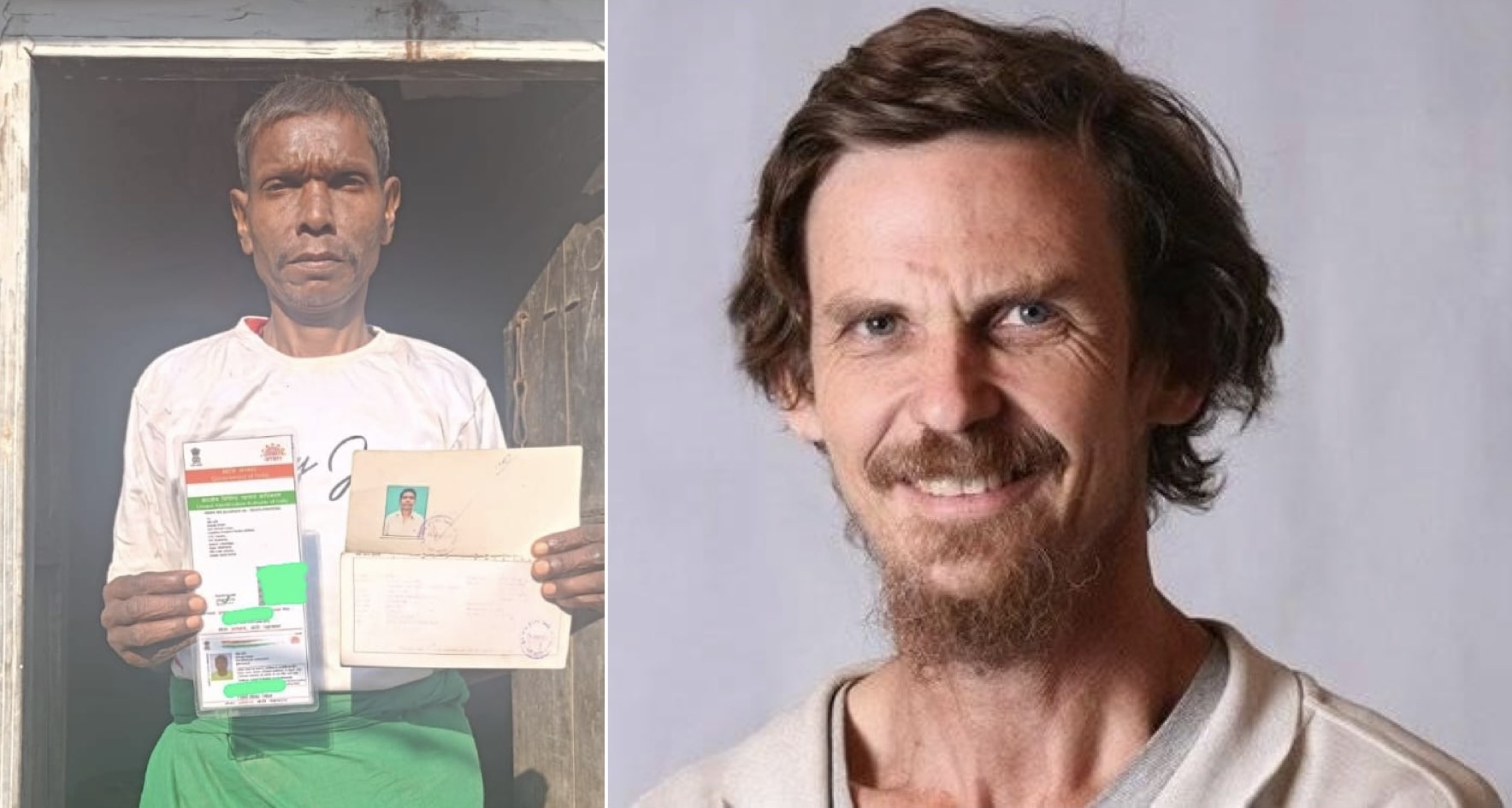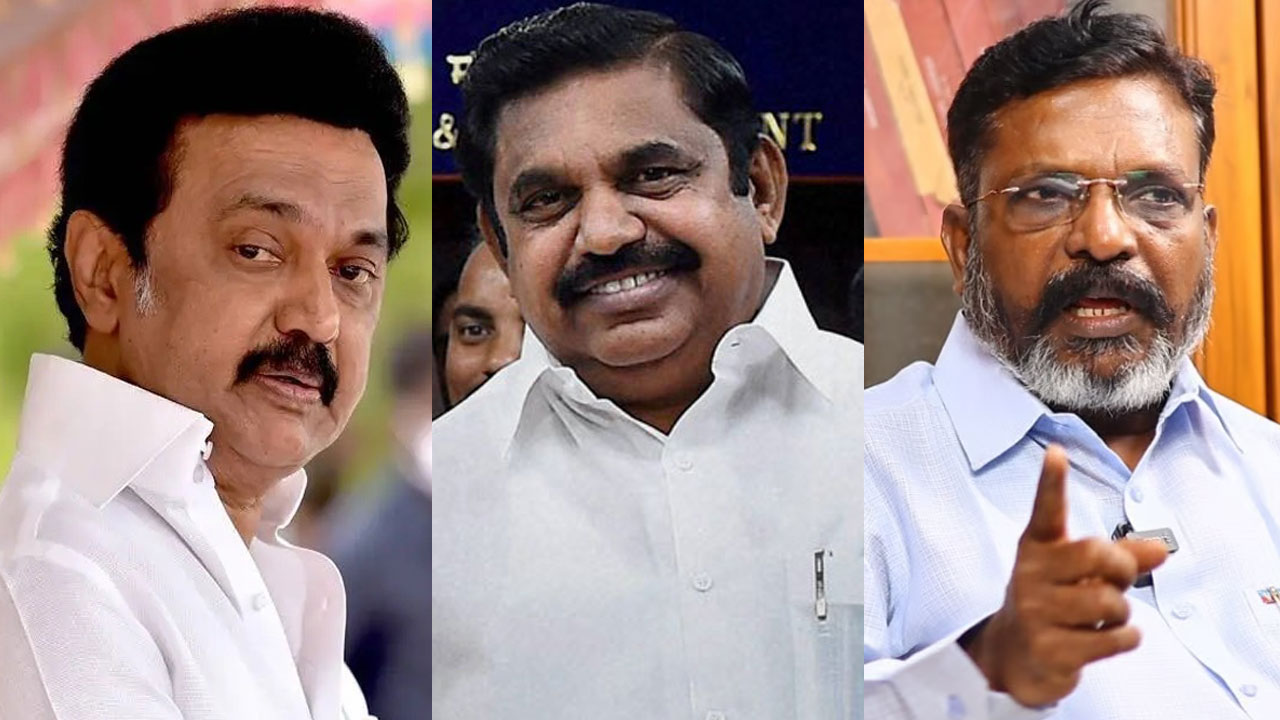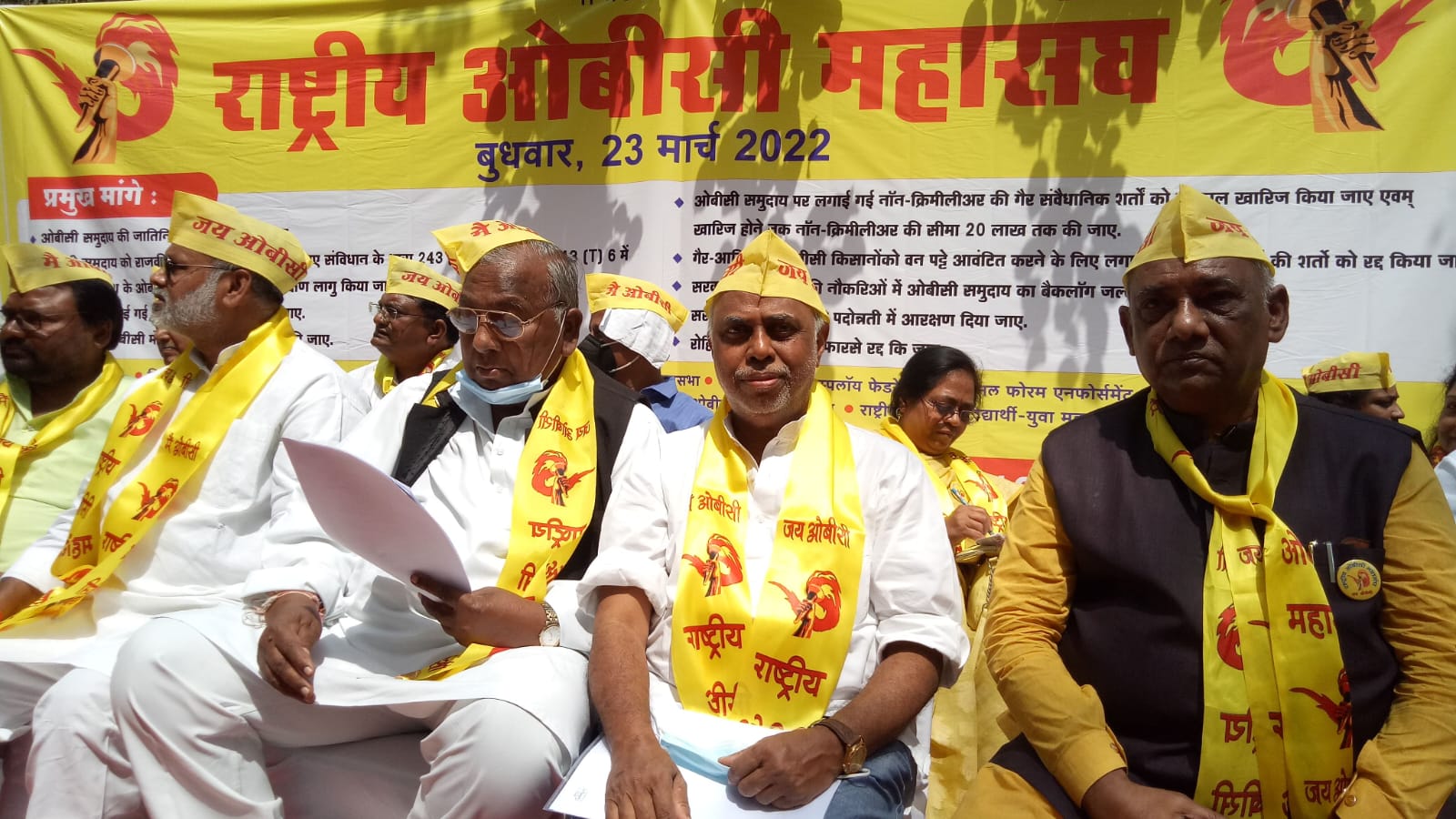The recent get-together of the leaders of the parties that were born from the debris of the Janata Dal has led to speculations about reunification. Nitish Kumar and Sharad Yadav of the JDU, Laloo Prasad Yadav of the RJD, H.D. Deve Gowda of the JD (S) and Dushyant Chautala of the INLD met at the Delhi residence of Mulayam Singh Yadav, the Samajwadi Party supremo. After the meeting, Sharad Yadav and Nitish Kumar announced that the Janata Dal parivar would reunite and position itself as an alternative to both the Congress and the BJP. Poll statistics suggest that if this happens, there will be major changes in the political landscape. But the question is whether the constituents of the erstwhile Janata Dal can come together? And if this happens, can it offer an alternative brand of politics?
 Before dwelling on these issues, let us recap Vishwanath Pratap Singh’s experiment that brought the Janata Dal to power and also how it broke up owing to its internal contradictions. On 11 October 1988, Vishwanath Pratap Singh turned a rebel and walked out of the Congress Cabinet. He cobbled together the Janata Dal by bringing the Lok Dal, the Congress (S) and his own Jan Morcha on a common platform. There were three key reasons behind the Janata Dal’s success in capturing power. First, the serious allegations of corruption against Rajiv Gandhi’s Congress government in the Bofors case had angered people across the country. Second, on 1 February 1986, the locks of Babri Masjid had been opened, angering the Muslims, who then began looking for an alternative to the Congress. Third, a new, energetic leadership was emerging from the OBCs, particularly the Yadavs, in the two politically crucial states of Uttar Pradesh and Bihar. These three factors helped the Janata Dal, led by V.P. Singh, capture the imagination of the people.
Before dwelling on these issues, let us recap Vishwanath Pratap Singh’s experiment that brought the Janata Dal to power and also how it broke up owing to its internal contradictions. On 11 October 1988, Vishwanath Pratap Singh turned a rebel and walked out of the Congress Cabinet. He cobbled together the Janata Dal by bringing the Lok Dal, the Congress (S) and his own Jan Morcha on a common platform. There were three key reasons behind the Janata Dal’s success in capturing power. First, the serious allegations of corruption against Rajiv Gandhi’s Congress government in the Bofors case had angered people across the country. Second, on 1 February 1986, the locks of Babri Masjid had been opened, angering the Muslims, who then began looking for an alternative to the Congress. Third, a new, energetic leadership was emerging from the OBCs, particularly the Yadavs, in the two politically crucial states of Uttar Pradesh and Bihar. These three factors helped the Janata Dal, led by V.P. Singh, capture the imagination of the people.
Now, if we juxtapose the political scenario of 1988 with the one in 2014, we will discover that there is little, if any, possibility of the resurrection of the Janata Dal. To begin with, the parties that are planning to position themselves as an alternative to the BJP and the Congress have a poor track record as far as fighting corruption is concerned. Top leaders of these parties, including those who have been chief ministers, are themselves in the dock for graft. Laloo Prasad Yadav has been convicted and is barred from contesting elections. Hence, the leaders of the to-be-formed Janata Dal would have no moral right to talk of corruption. At the same time, barring the JDU, the top posts in all other parties are out of bounds for the “janata” who don’t belong to the families of the party supremos. Even in the case of the JDU, nepotism may not be palpable in the structure of the party organization but it is very much there at other levels. It is apparent that the issue of leadership of the proposed Janata Dal would be a contentious one. It would be a herculean task to build unanimity on the party presidency and other important positions.
Then, the Janata Dal leaders had come to power in their respective states courtesy of the support of the Muslims. But what did the Muslims get in return? Miserable life and communal riots. Nitish and Deve Gowda have even run governments in coalition with the BJP. And Mulayam has been ruling Uttar Pradesh for the last three and a half years with the tacit support of the BJP. Thus, one of the biggest vote banks of these parties has got disillusioned with them. If, in some pockets, the Muslims are still supporting these parties, it is only because of the lack of an alternative.
Thirdly, the OBCs, whose sociopolitical identity Laloo, Nitish and Mulayam were claiming to establish, are no longer under the sway of their respective parties. Their parties no longer represent the aspirations of these castes. The reason is the BJP’s success in building a wider Hindutva unity through its social engineering. The BJP has been promising to give the OBCs and the Dalits their due place in keeping with their “self-respect”. Another reason why a sizeable, decisive chunk of OBCs is backing the BJP is that for the first time, an OBC has become the prime minister of the nation. Thus, Laloo, Mulayam and Nitish have lost their caste base as well.
If these parties are today in a pitiable state it is also because they used the slogan of secularism only to garner Muslim votes. They never seriously tried to infuse the values of secularism into their caste-based supporters or to change their mindsets. Once elections were done with, these parties shifted to the soft Hindutva mode so as to keep the castes under their sway within the ambit of the Savarna-dominated Hindutvadi sociopolitical space. That is why, after the mid-1990s, the SP-BSP forgot the slogan “Mile Mulayam Kanshiram, Hawa mein ud gaye Jai Shriram” (We have got Mulayam and Kanshiram, Jai Shri Ram has been blown away), which was their battle cry during the days of the ascendancy of the Ram temple movement. They also never demanded abrogation of Article 341 of the Constitution, which would have enabled Dalit Muslims to get reservations. These parties have fallen between two stools – of secularism and communalism.
Against this backdrop, the efforts to resurrect the Janata Dal seem to be more a desperate attempt of a bunch of frustrated leaders to maintain their stranglehold over their caste base than a genuine initiative to provide a viable alternative to the people. The chances of success of this attempt are very slim. In any case, any identity-based politics can only last so long before it is subsumed by a bigger identity. Whether one likes it or not, the BJP has managed to engineer just that. The time is up for an SP-RJD-JDU conglomerate.
Published in the January 2015 issue of the Forward Press magazine
Forward Press also publishes books on Bahujan issues. Forward Press Books sheds light on the widespread problems as well as the finer aspects of the Bahujan (Dalit, OBC, Adivasi, Nomadic, Pasmanda) community’s literature, culture, society and culture. Contact us for a list of FP Books’ titles and to order. Mobile: +919968527911, Email: info@forwardmagazine.in)




